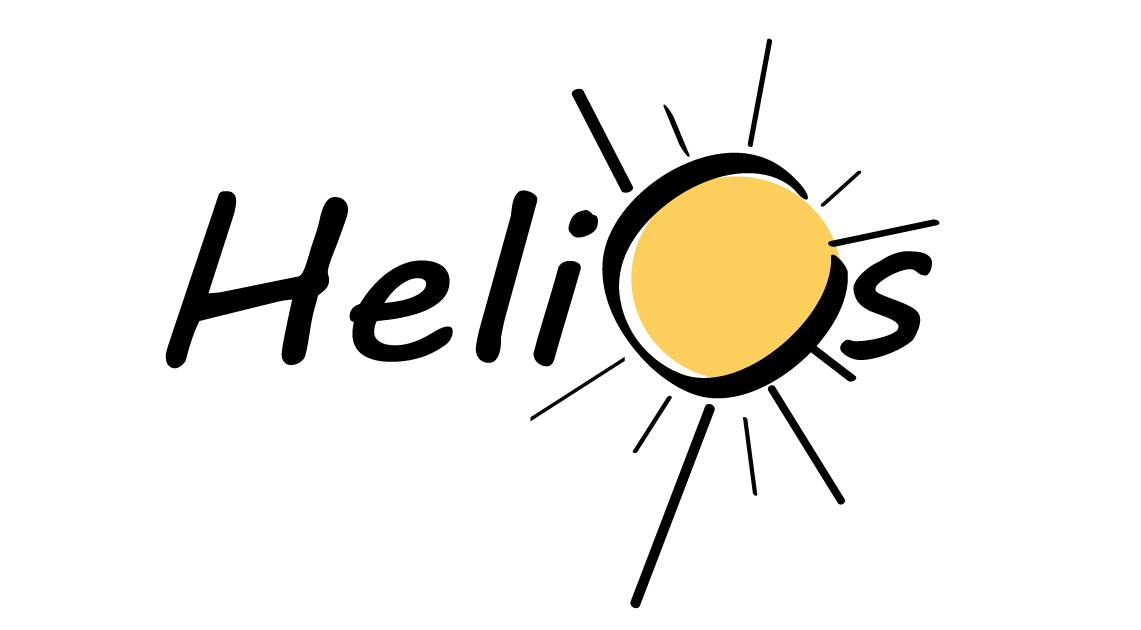About Helios
About the project Helios
The 2030 Climate Target Plan promotes sustainable cities through, among the others, increased solar energy share at the current state and in the future climate scenarios. However, a large portion of the solar energy remains unexploited also in the Nordic countries which share the same climate challenges, legal and cultural barriers, and economic constraints, which are factors preventing optimal exploitation of solar energy.
In modern cities, façades have a high potential to collect sunlight, especially at high latitudes since the sun maintains an optimum angle of incidence for longer making the solar systems' integration into facades even more favorable than in the rest of Europe. Moreover, employing vertically mounted solar systems in high latitudes presents better- operating conditions since they are rarely covered by snow in the winter, which brings an increased energy generation to match electricity consumption and price peaks.
In this context, Helios aims to break the paradigm of solar energy use in the Nordic climate, by overcoming the common false beliefs that have discouraged the adoption of solar systems for a long time in Scandinavia. Helios has the ambition to turn the Nordic conditions into unique opportunities to accelerate the use of solar energy in the Nordic built environment using Trondheim as a pilot city.
Helios develops an advanced co-simulation approach by combining numerical equations, algorithms, and simulation tools with observational data, in-field experimental campaigns, and monitoring of solar irradiance. The solar cadaster, grounded on this approach, contributes to change the role of solar energy in the Nordics by demonstrating the unexploited solar energy potential and expanding scientific knowledge dealing with complex urban phenomena (e.g. solar inter-building reflections, shadow cast) in various spatial domains (building, neighborhood, and city) and predicting solar energy potential at multiple temporal terms (short, mid and long).
Outcomes and impacts
The project will lead to scientific impact: the advanced solar radiation model will determine the incoming solar irradiation on urban surfaces (roofs, facades, ground), considering spatially changing attributes such as inclination, orientation and latitude, and complex phenomena such as solar inter-building reflections and cast shadow from the surrounding, vegetation or other topographic features. This will solve multi-objective optimization problems aiming at maximizing the overall solar energy potential.
Economic-environmental impacts:
- Develop public policies to increase the solar share
- Provide an urban support instrument to urban planners to optimize the urban morphology to accelerate the use of solar energy in the urban context
- Encourage citizens' pre-designing solar systems and check their investment
- Support producers to develop new solar products/technologies
The project will reduce GHG and costs by increasing performance in solar potential assessment.
